UBTER– Uttarakhand Board of Technical Education Conduct the Uttarakhand LT (Licentiates Teacher) Examination on 29 March, 2015. This is Teacher Post of Hindi, English, Art, Physics and Mathematics, Music, Sanskrit, Science, Commerce, Physical Education, Home Science and Social Science Subjects. Those Papers With Answer Key Available here. This is Uttarakhand LT (Licentiates Teacher) English Subject Question paper with answer key.
Post Name – Uttarakhand LT (Licentiates Teacher)
Exam Paper Part – II- English
Exam Date – 29 March 2015
Total Number of Questions – 100
Click Here To
Uttarakhand LT (Licentiates Teacher) Exam Paper 2015 With Answer Key
Part – 2 – English
Direction: Read the following passage & answer questions from Q. No. 101 to 106 based on it.
PASSAGE
The goals of our present system of primary & secondary education are to prepare students for the examination system, which will take them to the best technical & professional institutions in the country. While the teaching of Science & Mathematics has been upgraded over the years and teaching of the Humanities & Social Sciences continues to be straight jacketed in grotesque ways. Those areas of the Indian locality that ought to form the proper subject like caste, poverty & environmental degradation, if we are to create a responsible & aware body of citizens, form no part of the syllabus. The capacity to think inadequately & critically about problems that plague modern Indian society, which really ought to be a prominent part of the humanities curriculum is perceived to be intractable from the point of view of the examiner. Least the evaluation becomes subjective; every effort is made to reduce both History and Economics to a series of facts, a one-to-one correlation between facts ensures proper systems of grading.
101. According to the author the teaching of Science & Mathematics develops the capacity of the students in which of the following
(I) Considering pros & cons of each decision
(II) Examining the problem minutely with proper analysis.
(A) Only I
(B) Only II
(C) Either I or II
(D) None of these
Show Answer/Hide
102. What seems to be the purpose of the author in writing this passage
(A) To critically look into the methods of teaching Science & Mathematics
(B) To reduce importance of Science subjects
(C) To point out the deficiencies in the curriculum and examination system
(D) To put up a case for improved & upgraded system of education
Show Answer/Hide
103. What problems does the author see in the improvement of teaching of Humanities & Social Science ?
(I) The present syllabus of the subject
(II) The difficulties of the examiners
(III) The present system of evaluation
(A) Only I
(B) Only II
(C) Only III
(D) All of above
Show Answer/Hide
104. The author seems to believe in which of the following
(I) The capacity to think can be developed by a properly designed curriculum of Humanities and Social Sciences
(II) Objective evaluation is necessary for Social Sciences
(III) Proper education can help a person to become a responsible & responsive citizen.
(A) Only I
(B) Only II
(C) Only III
(D) Both I & III
Show Answer/Hide
105. According to the author, the present educational system ultimately helps the students in which of the following –
(I) Understanding the real problems of people.
(II) Acquiring various techniques to face the challenges of the future.
(III) Getting admission to renowned technical institutions.
(A) Only I
(B) Only II
(C) Only III
(D) Only I & II
Show Answer/Hide
106. According to author which of the following is the main cause leading to the upgradation teaching of Maths & Science
(A) Science & Mathematics can solve our problems
(B) It inculcates proper values for becoming an ideal citizen
(C) The evaluation of these subjects is objective & critical
(D) None of the above
Show Answer/Hide
Direction for questions 107 to 111 : In each of the following questions a word is given in capital letters followed by four alternative words marked (A)-(D). Select from the alternatives, the word nearest in meaning to the word given in capital letters.
107. ENDOGAMY
(A) Similar religious practice
(B) Similar child-rearing practice
(C) Marriage within a group
(D) Ceremony of marriage
Show Answer/Hide
108. OBLIVION
(A) Condition of being forgotten
(B) Condition of being angry
(C) Condition of being trustworthy
(D) Condition of being happy
Show Answer/Hide
109. QUARRY
(A) Pit
(B) Sand
(C) Museum
(D) Mardi grass
Show Answer/Hide
110. STARK
(A) Severe
(B) Tense
(C) Obvious
(D) Slent
Show Answer/Hide
111. RUDIMENTARY
(A) Advanced
(B) Supreme
(C) Basic
(D) Secondary
Show Answer/Hide
Direction for questions from 112 to 116 : From the given options (A) – (D). Choose the one that is farthest in meaning to the word given in capital letter.
112. PUISSANCE
(A) Impotence
(B) Approval
(C) Denial
(D) Bicuspid
Show Answer/Hide
113. DORMANT
(A) Stretch
(B) Active
(C) Reliable
(D) Unexciting
Show Answer/Hide
114. CIRCUITOUS
(A) Direct
(B) Pleasurable
(C) Approximately
(D) Complex
Show Answer/Hide
115. INCITE
(A) Overlook
(B) Eugross
(C) Modify
(D) Calm
Show Answer/Hide
116. FUSION
(A) Correlation
(B) Blending
(C) Schism
(D) Illogicality
Show Answer/Hide
Direction for Q. 117 to 123 : For each question below some alternative words for the sentence are given. You have to find out the cost appropriate alternative word.
117. Anything which destroys the effect of poison
(A) Antiseptic
(B) Antidote
(C) Serum
(D) Seramycin
Show Answer/Hide
118. Words used in ancient times but no longer in general use now
(A) Ancient
(B) Archaic
(C) Antiquated
(D) Extinct
Show Answer/Hide
119. A soldier who fights for the sake of money –
(A) Mercenary
(B) Senecure
(C) Honorary
(D) Equestrian
Show Answer/Hide
120. A long boring speech
(A) Harangue
(B) Filibuster
(C) Declamation
(D) Horology
Show Answer/Hide
121. Practice of borrowing ideas & words from others and using them as one’s own
(A) Pantomime
(B) Plagiarism
(C) Imitation
(D) Adaptation
Show Answer/Hide
122. Story told to illustrate a moral or spiritual truth
(A) Parable
(B) Paradigm
(C) Paragon
(D) Didactic
Show Answer/Hide
123. A person who looks at the dark side everything –
(A) Blind
(B) Sadist
(C) Pessimist
(D) None of these
Show Answer/Hide

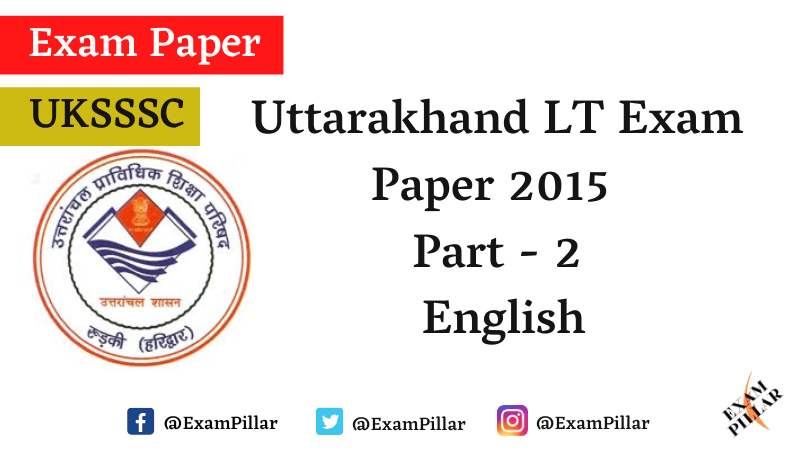
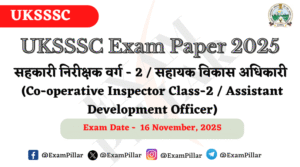
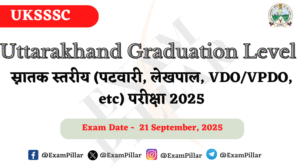
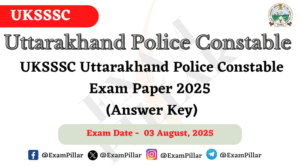
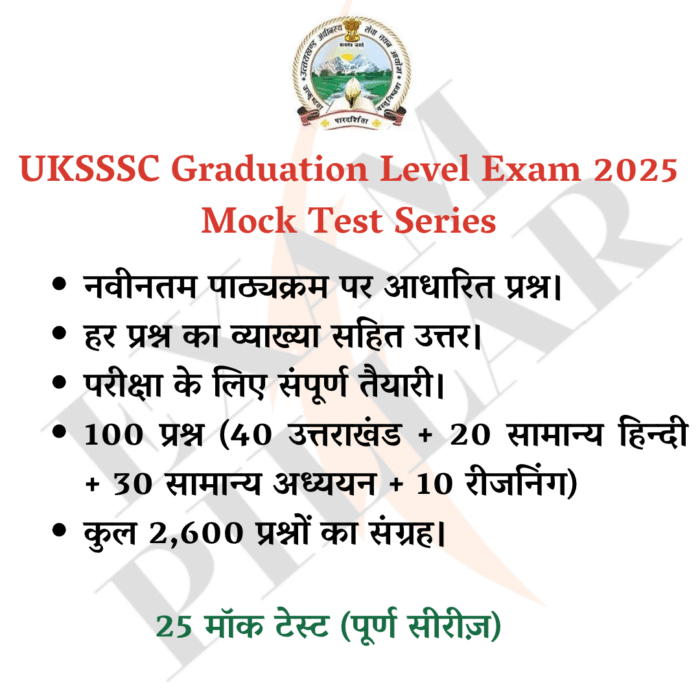

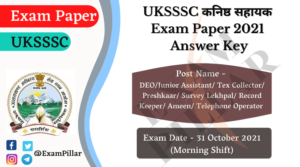

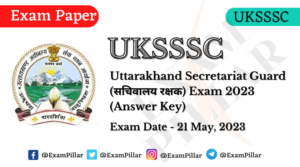
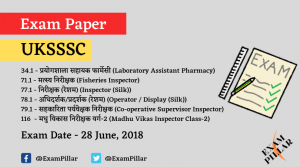
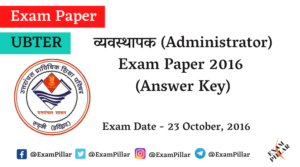
Very very useful 👌🙏